
Serenity Park
To determine what to place in the pocket park, I have to first look at the area around the site and learn more about who lives there. Depending on the surrounding areas and who all lives around the park, the elements should accommodate those who live in the general area. For instance, if the families there consist of mainly parents who have one or multiple children, they would want the park to be kid friendly, but would also enjoy it if it had, say, a running track, or a sidewalk to walk or ride a bike and maybe benches near the playground and a covered patio type thing. If the neighborhood consists mainly of teenagers and young adults, they wouldn't really get as much enjoyment out of a jungle gym as they would say picnic tables for doing homework or chilling with friends. Teenagers and young adults would enjoy a shaded space for work or play much more than a jungle gym. Not to mention, if there isn't a jungle gym, those rowdy teenagers wouldn't be able to vandalize it. Or let’s say that the area consists mainly of elderly people, the elderly are not as flexible as they once were so sitting underneath a tree on the ground might be a little difficult for them. Maybe some benches with tables would be a better option. Now if they have grandchildren, they would need to be able to sit in a close proximity just in case their grandchildren get into trouble or want them to push them on the swings or something. Or for example, if the site is located in the middle of law offices and commercial buildings, a playground with screaming kids wouldn't be ideal.
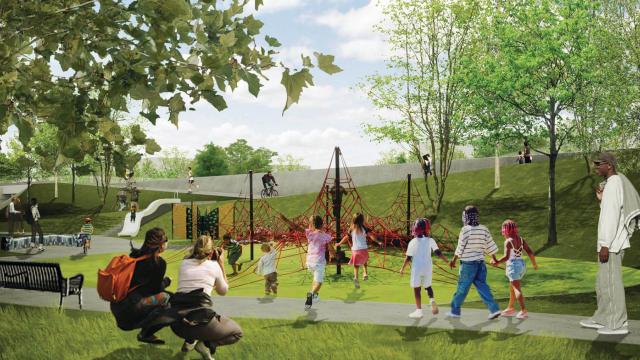
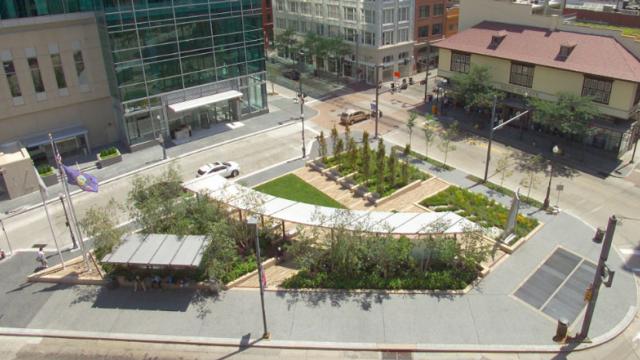


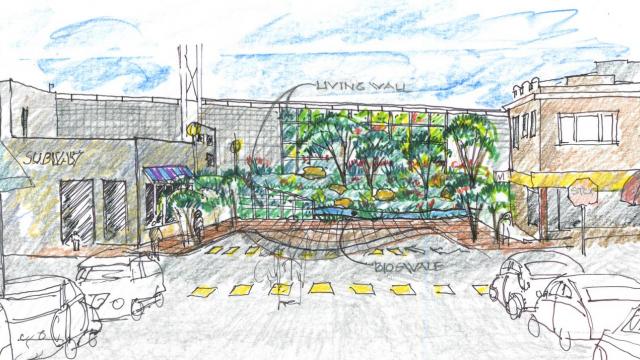

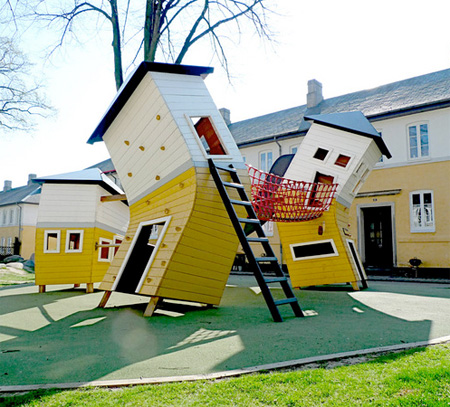

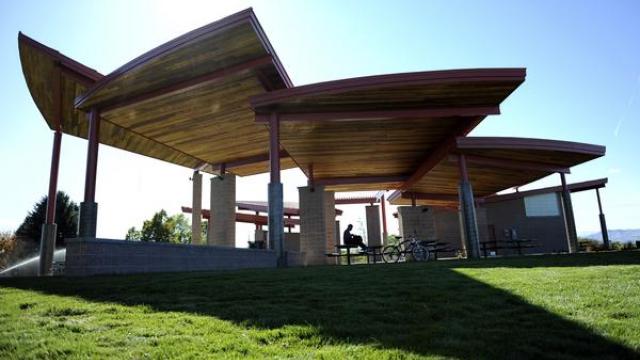


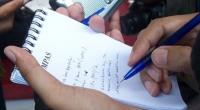
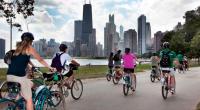







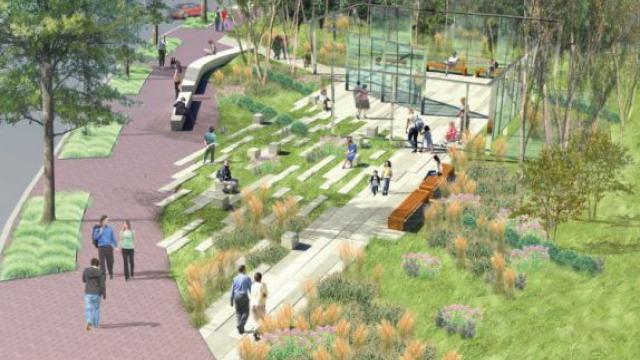
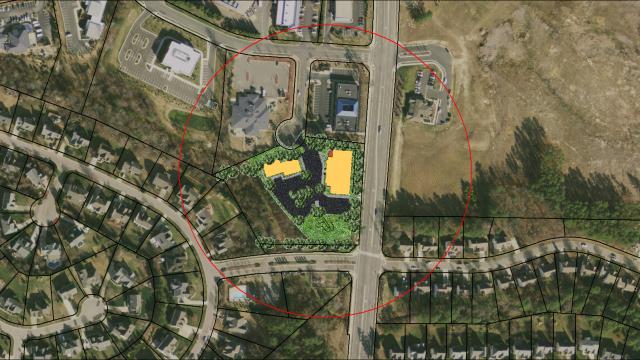
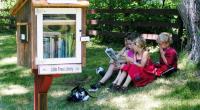
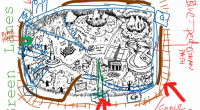





.html)

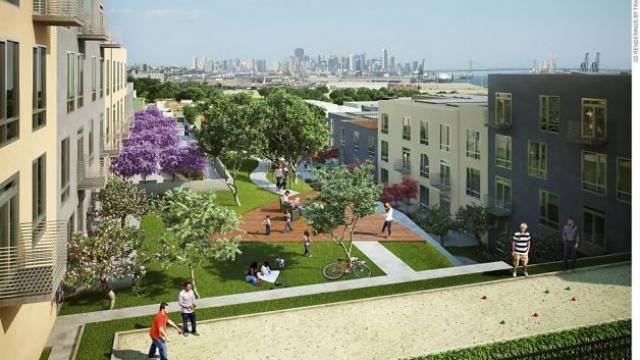
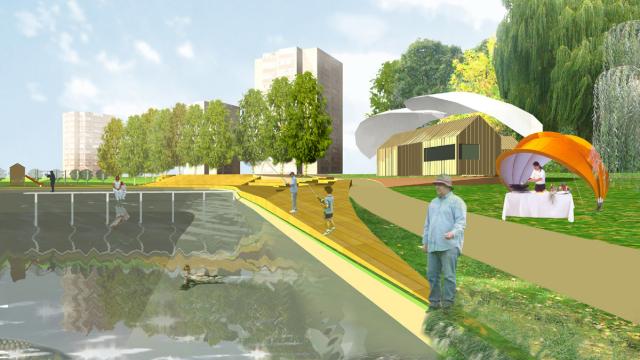



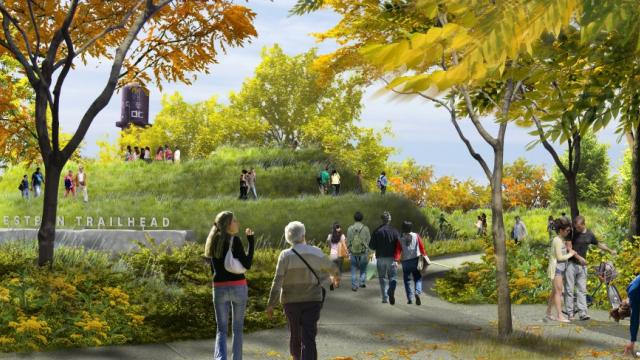
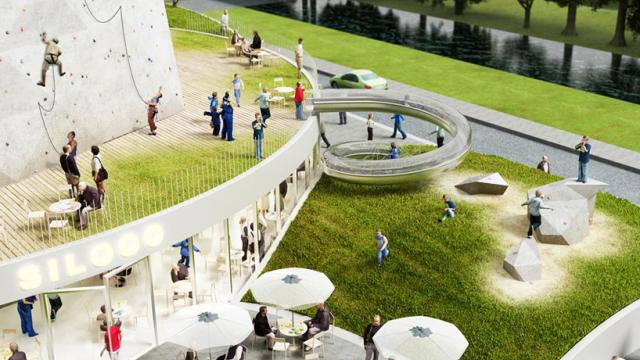
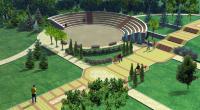



Comments
Thanks for sharing your design. Your overview, info, and brainstorming sections are strong. They show a keen interest in exploring possibilities and looking for good solutions. I also appreciate your attention to the neighborhood context surrounding your site. It is important for architects to consider the community they are going to build and help guide the design process to create outdoors spaces and buildings that are thoughtful neighbors. Your decision to put a more quiet reflective garden instead of a noisy children's play space is evidence of your initial research into the area. I would encourage you to look at lots of books and other design resources that will help you to learn ways to represent (draw, model, digitally render) your ideas. Drawing is something we can teach people in architecture school, it is harder to teach people to be thoughtful and creative. I think you have some great ideas - don't let your feelings about your drawing abilities get in the way of expressing your concepts.